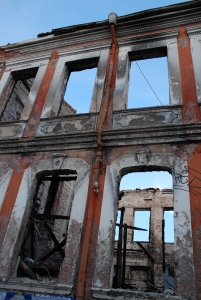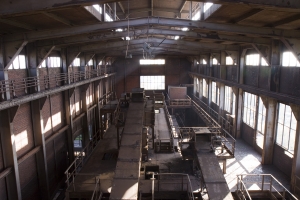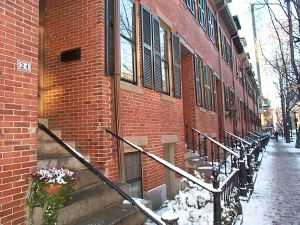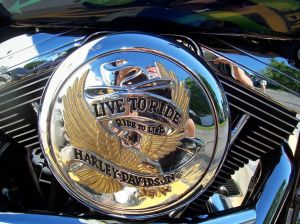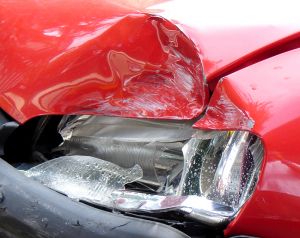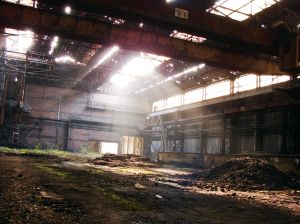A $500,000 grant is paving the way for Scituate and Hatherly Elementary School to join the more than 225 schools in Massachusetts that participate in the Safe Routes to School program. The program, first implemented in Massachusetts in 2001, is designed to improve sidewalks, crosswalks and roadways while encouraging a safe and healthy – walkable – alternative to bus or car commuting to school for students and families, the Gov Monitor reports.
In 2009, My Fox Boston reported that Boston was one of a handful of start-up communities to embrace the “walking school bus” concept early on. In one Wakefield community, the Safe Route to School program now includes about three dozen schoolchildren and parents who make the half-mile trek back and forth to school each day.
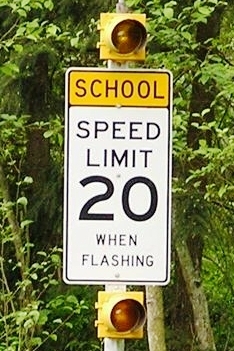
Our Boston pedestrian accident lawyers support this program and its tri-fold agenda of promoting exercise, environmentalism and teaching students about traffic safety. According to the National Center for Safe Routes to School, October has been deemed International Walk to School Month. Over the last 13 years, 40 countries have joined the effort with 3,300 schools in the U.S. now participating. Currently, more than 4,500 schools in the U.S. have been awarded $612 million toward Safe Routes to School projects since 2005.
Locally, this Walk Boston link provides a host of resources, safety tips and a calendar of walkable events throughout Boston. For parents, teachers or school administrators interested in implementing a Safe Routes to School program in their community, or embedding safe walking tips and precautions into lesson plans or home practice, the Pedestrian and Bicycle Information Center has produced this handbook as a guide and reference tool.
Continue reading
 Boston Personal Injury Attorney Blog
Boston Personal Injury Attorney Blog




